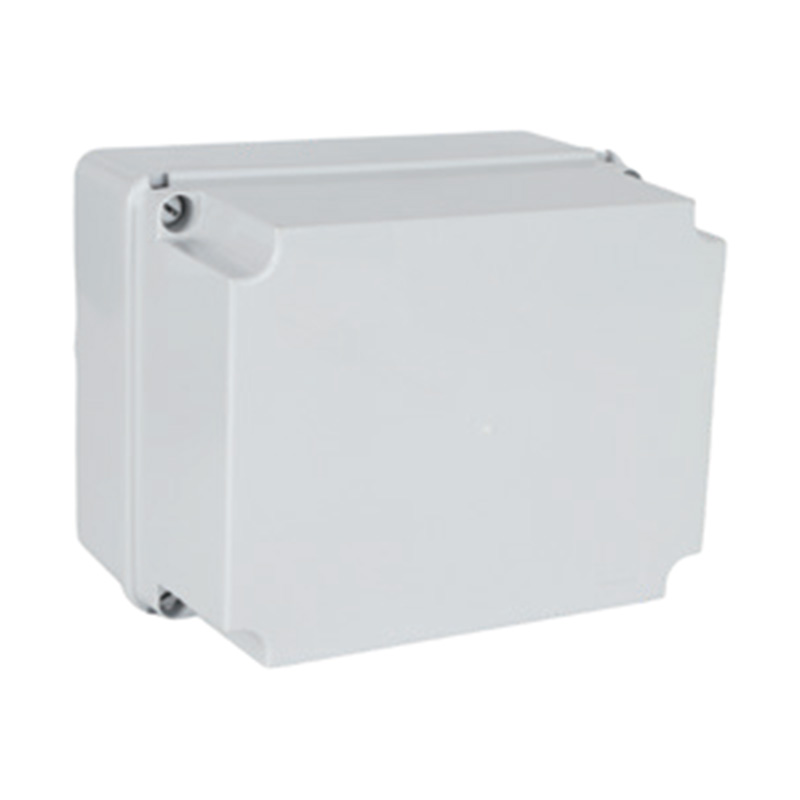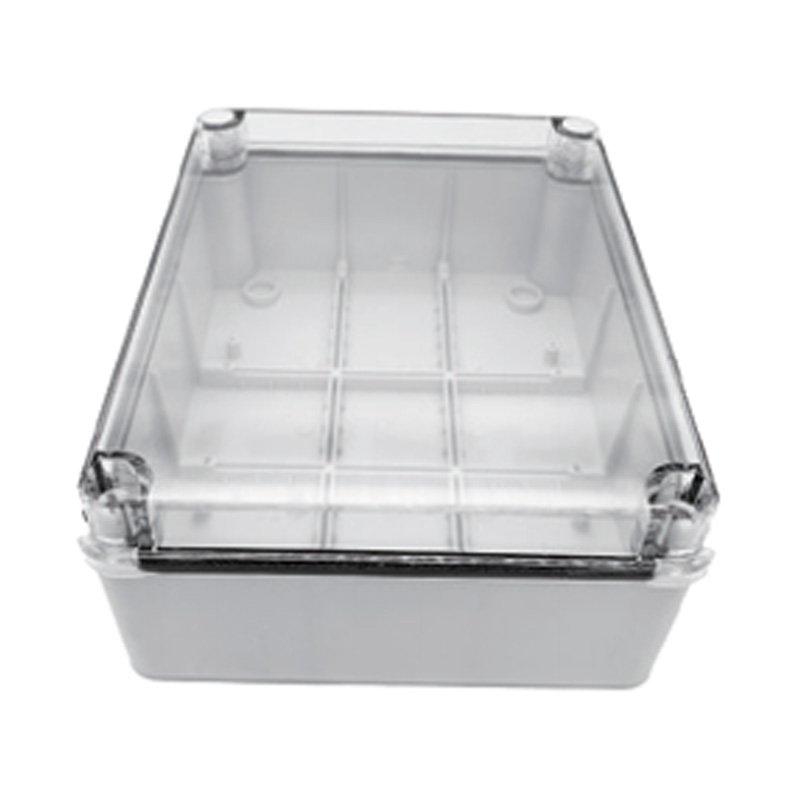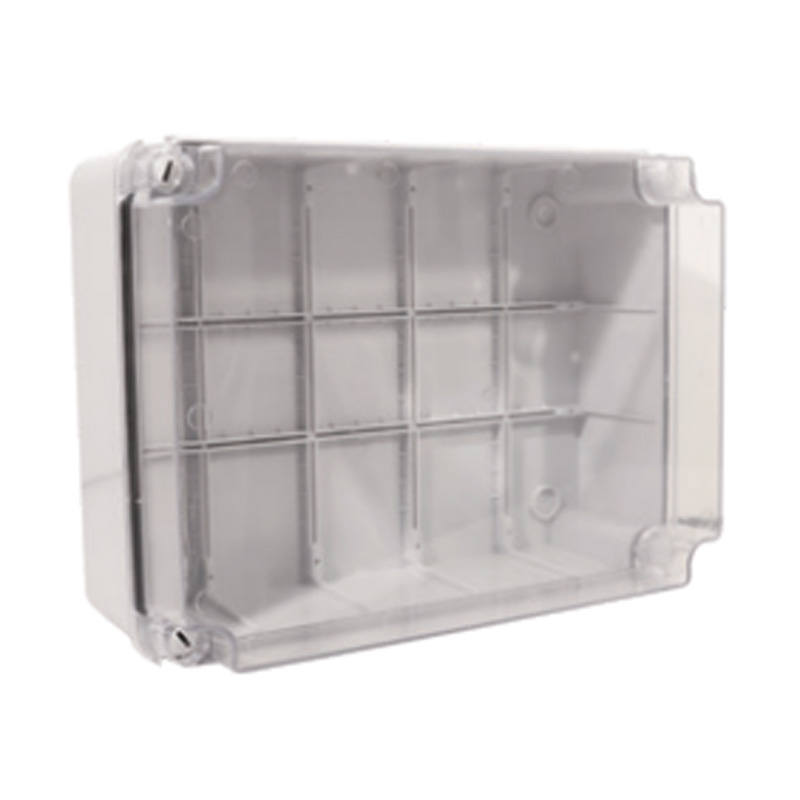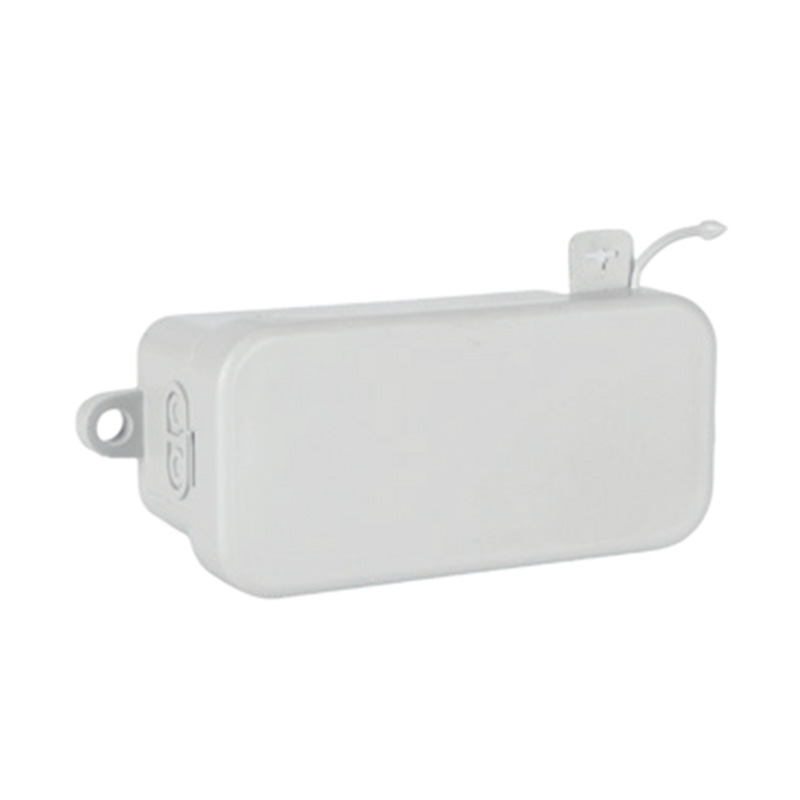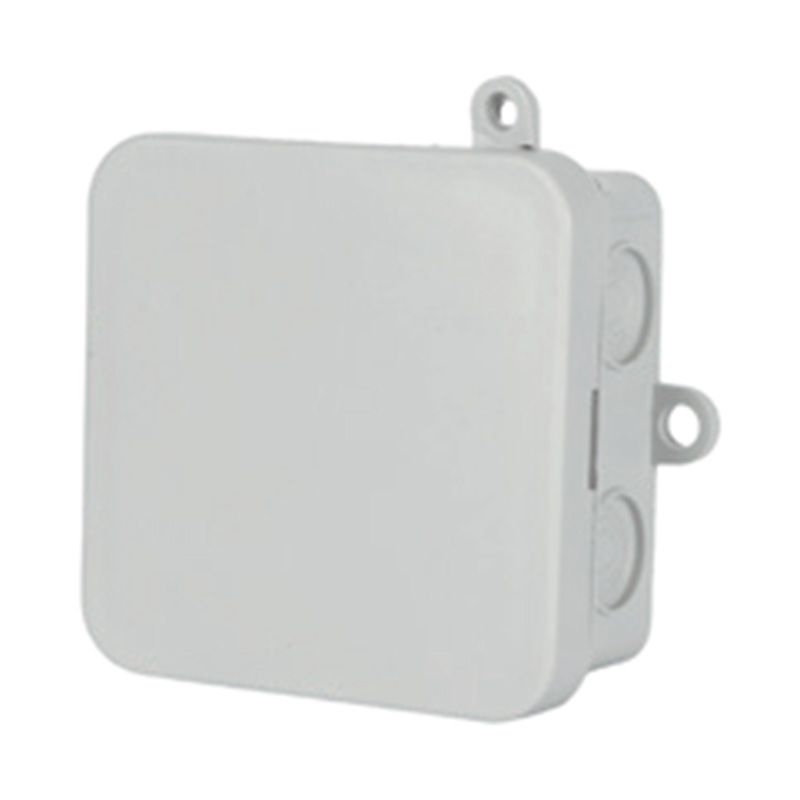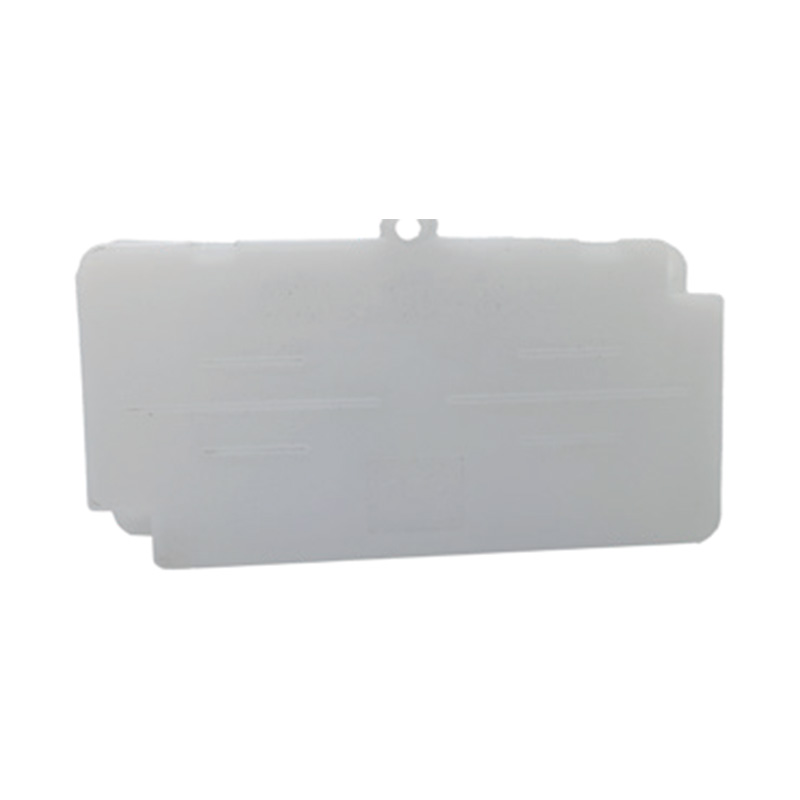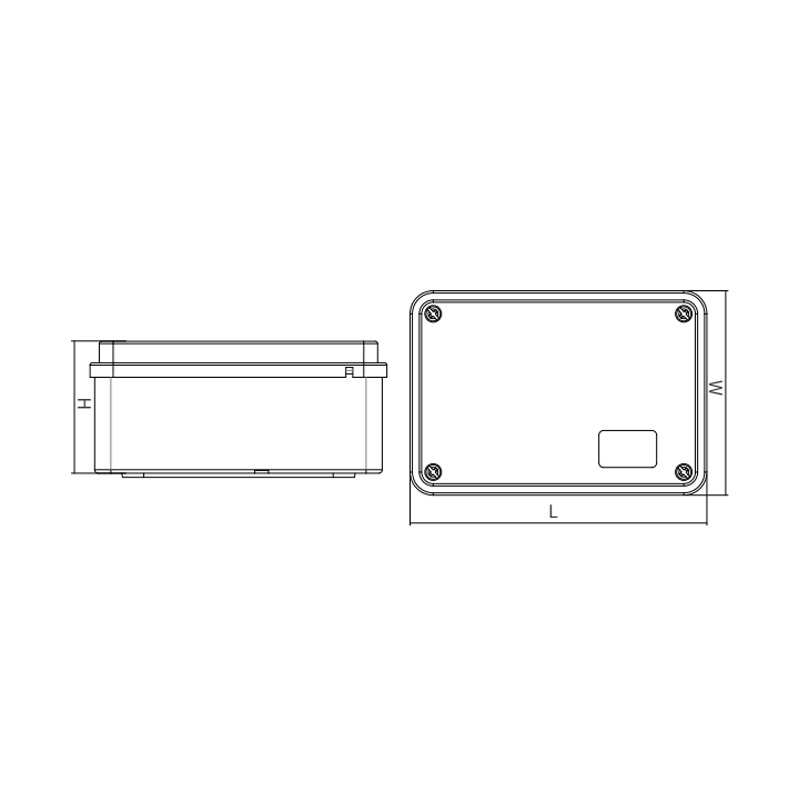Understanding and selecting the correct IP rating is essential when choosing a Waterproof Junction Box or Waterproof Distribution Box. It ensures safety, reliability, and long-term...
READ MORE-
-
Outdoor electrical installations face unique challenges that require specialized components to ensure their reliability and safety. Among the more important components are metal ca...
READ MORE -
Durability is a key factor when designing and maintaining electrical systems. With so many environmental challenges that electrical installations face—such as excessive temperature...
READ MORE -
Safety compliance is not just about adhering to regulations; it’s about protecting people, equipment, and infrastructure from the risks of electrical hazards. Electrical fires, sho...
READ MORE
Industry Knowledge Extension
What Should You Know About B Series Plastic Waterproof Junction Boxes?
B Series Plastic Waterproof Junction Boxes are widely used in industrial, commercial, and residential applications. Understanding their advantages and disadvantages is crucial for proper selection and use.
Advantage 1: Waterproof Protection
B Series junction boxes are designed with tight-sealing lids and durable gaskets, providing strong resistance against water ingress. This makes them ideal for outdoor installations or damp environments where electrical components need protection from rain, humidity, or splashes.
Disadvantage 1: Limited Mechanical Strength
While plastic boxes are resistant to corrosion and water, they generally have lower mechanical strength compared with metal enclosures. Heavy impacts or excessive pressure may cause cracks or deformation, limiting their use in environments with high physical stress.
Advantage 2: Lightweight and Easy to Install
Plastic materials make the B Series junction boxes lightweight, simplifying transportation and installation. Their design often includes pre-drilled knockouts for cable entry, making wiring tasks faster and reducing labor costs.
Disadvantage 2: Heat Resistance Constraints
Plastic boxes have a lower tolerance to high temperatures compared with metal alternatives. Prolonged exposure to heat or installation near heat-generating devices may affect their structural integrity, limiting their application in high-temperature environments.
What Are the Dimensions of a Cable Junction Box?
B Series Plastic Waterproof Junction Boxes are available in multiple sizes to accommodate different wiring needs. Standard dimensions include:
Small Box: 100mm × 80mm × 50mm
Medium Box: 150mm × 120mm × 70mm
Large Box: 200mm × 150mm × 100mm
Extra-Large Box: 250mm × 200mm × 120mm
These measurements ensure flexibility in installation and allow for the accommodation of multiple cables or wiring components. The internal space is optimized to prevent overcrowding, which reduces the risk of overheating and short circuits. Additionally, the boxes typically have multiple pre-cut knockouts along the sides, allowing for convenient cable entry while maintaining waterproof integrity.
Selecting the right size depends on the number of wires, connectors, and terminals to be housed. Using a box that is too small can cramped conditions and possible damage to cables, whereas an oversized box may be unnecessarily bulky and harder to mount in tight spaces. By understanding these dimensions, installers can choose the appropriate junction box for specific electrical setups.
What Is the Expected Lifespan of a Plastic Electrical Junction Box?
The lifespan of a plastic junction box is influenced by several factors including material quality, environmental conditions, and installation practices.
Material Quality
High-quality thermoplastics such as ABS or polycarbonate are commonly used for B Series junction boxes. These materials are resistant to corrosion, UV exposure, and moisture, contributing to a lifespan of 10 to 20 years under normal conditions.
Environmental Exposure
Boxes installed outdoors or in humid areas are more exposed to sunlight, temperature fluctuations, and moisture. Over time, UV radiation can degrade plastic surfaces, causing brittleness. Waterproof gaskets help mitigate moisture damage, but regular inspection is recommended to ensure longevity.
Mechanical Stress and Usage
Frequent opening and closing of the junction box, heavy loads, or accidental impacts can shorten its lifespan. Proper handling during installation and avoiding exposure to excessive force will help maintain the integrity of the enclosure.
Maintenance and Inspection
Periodic maintenance, such as checking gaskets, cleaning the box, and ensuring no cables are pinched, extends the functional life of the junction box. Proactive care prevents minor issues from escalating into structural or electrical failures.
In general, with standard use and maintenance, a B Series Plastic Waterproof Junction Box can reliably protect electrical components for over a decade, making it a cost-effective and dependable solution for a variety of electrical installations.


 English
English 中文简体
中文简体 Español
Español عربى
عربى

